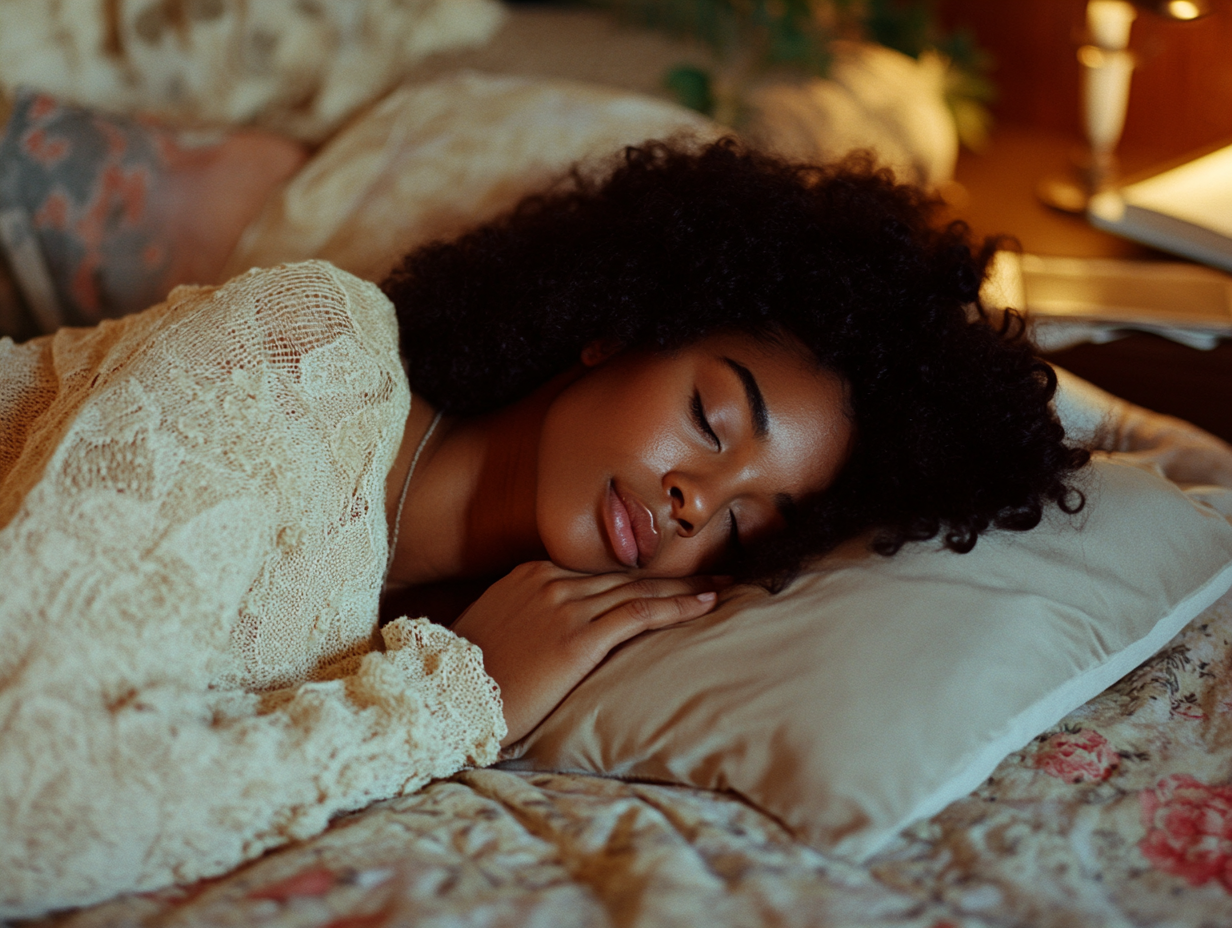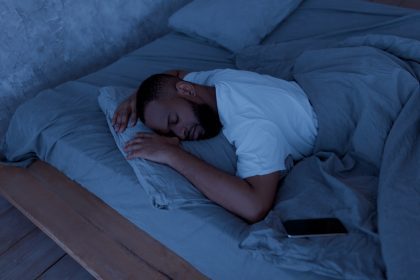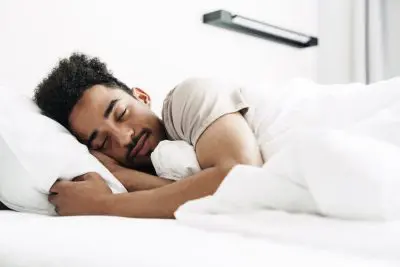The Midnight Struggle
The Sleep Crisis
A comprehensive 2020 study by the Centers for Disease Control and Prevention illuminates a critical sleep epidemic. Over 14% of adults wrestle with nightly sleep challenges, with approximately 30% experiencing persistent insomnia symptoms. The culprits are multifaceted: chronic stress, underlying health conditions, and less-than-ideal sleeping environments conspire to rob individuals of restorative rest.
Understanding Sound Therapy
Sleep sounds represent a sophisticated approach to neurological relaxation. These rhythmic, carefully crafted audio experiences aim to quiet the mind and facilitate natural sleep progression. Sleep specialists suggest that these sounds work primarily by creating an acoustic barrier, effectively masking disruptive environmental noises that might otherwise interrupt crucial sleep cycles.
The Sound Spectrum of Sleep
Modern sleep science recognizes multiple noise frequencies, each offering unique therapeutic potential:
White Noise: The Classic Sleep Companion
White noise produces a consistent sound across all frequencies, creating a uniform audio landscape. Ideal for individuals residing in high-stimulus environments, this sound mimics a steady atmospheric hum. Sleep researchers note its particular effectiveness in blocking intermittent, jarring sounds that could potentially disrupt sleep patterns.
Brown Noise: Deep Acoustic Comfort
Characterized by a rich, low-frequency resonance, brown noise evokes natural soundscapes like distant thunder or oceanic rhythms. While scientific documentation remains limited, many individuals report enhanced focus and deeper relaxation when utilizing this particular frequency.
Pink Noise: Nature’s Gentle Lullaby
Softer and more nuanced than white noise, pink noise mirrors natural sounds like gentle rainfall or subtle wind movements. A 2017 neuroscience research publication highlighted its potential benefits, particularly for memory consolidation and sleep quality among older adults.
Exploring Additional Noise Variations
Purple Noise: Emphasizes higher sound frequencies, potentially beneficial for specific auditory treatments.
Gray Noise: Offers a balanced audio experience, popular in meditation and relaxation practices.
The Personalized Approach to Sound Therapy
Sleep experts emphasize that sound selection is deeply individual. What works magnificently for one person might prove ineffective for another. Recent research provides intriguing insights:
- A 2021 Sleep Medicine study confirmed white noise’s ability to improve sleep quality in noisy environments
- Pink noise demonstrates potential in promoting slow-wave sleep, a critical regenerative stage
- Individual neurological responses vary significantly
Practical Recommendations
Sleep specialists recommend:
- Experimenting with different sound frequencies: Different sound frequencies—like white noise, pink noise, or even ambient nature sounds—can have varied effects on sleep quality. Experimenting allows individuals to find the specific type of sound that aligns best with their personal needs, whether it’s for masking external noise or promoting deeper sleep.
- Maintaining low volume levels: Keeping sound at a low volume is crucial to avoid overstimulation or disrupted sleep. Sound therapy should be subtle enough to be relaxing but not loud enough to interfere with the body’s natural sleep cycles.
- Paying attention to personal comfort and response: Comfort is key when it comes to sleep, and this includes the sounds we expose ourselves to. Monitoring how your body and mind respond to different sounds can help refine choices to enhance relaxation and sleep quality over time.
- Considering individual sleep environment characteristics: Sound interacts with other environmental factors, such as room size, external noises, and even bed placement. Tailoring sound therapy to fit specific room dynamics and external noise levels can help maximize its effectiveness for restful sleep.
Technology and Sound Therapy
Modern streaming platforms and dedicated sleep apps now offer extensive libraries of noise frequencies. Smartphone applications provide customizable sound experiences, allowing users to fine-tune their ideal acoustic environment.
Conclusion
The journey to optimal sleep is personal and complex. Sound therapy represents just one potential pathway in the broader landscape of sleep enhancement. Continuous research promises more sophisticated understanding and innovative solutions.
Final Insights
Ultimately, the most effective sleep sound is the one that resonates with your unique neurological and emotional landscape. Patience, experimentation, and self-awareness remain key to discovering your perfect sleep soundtrack.











